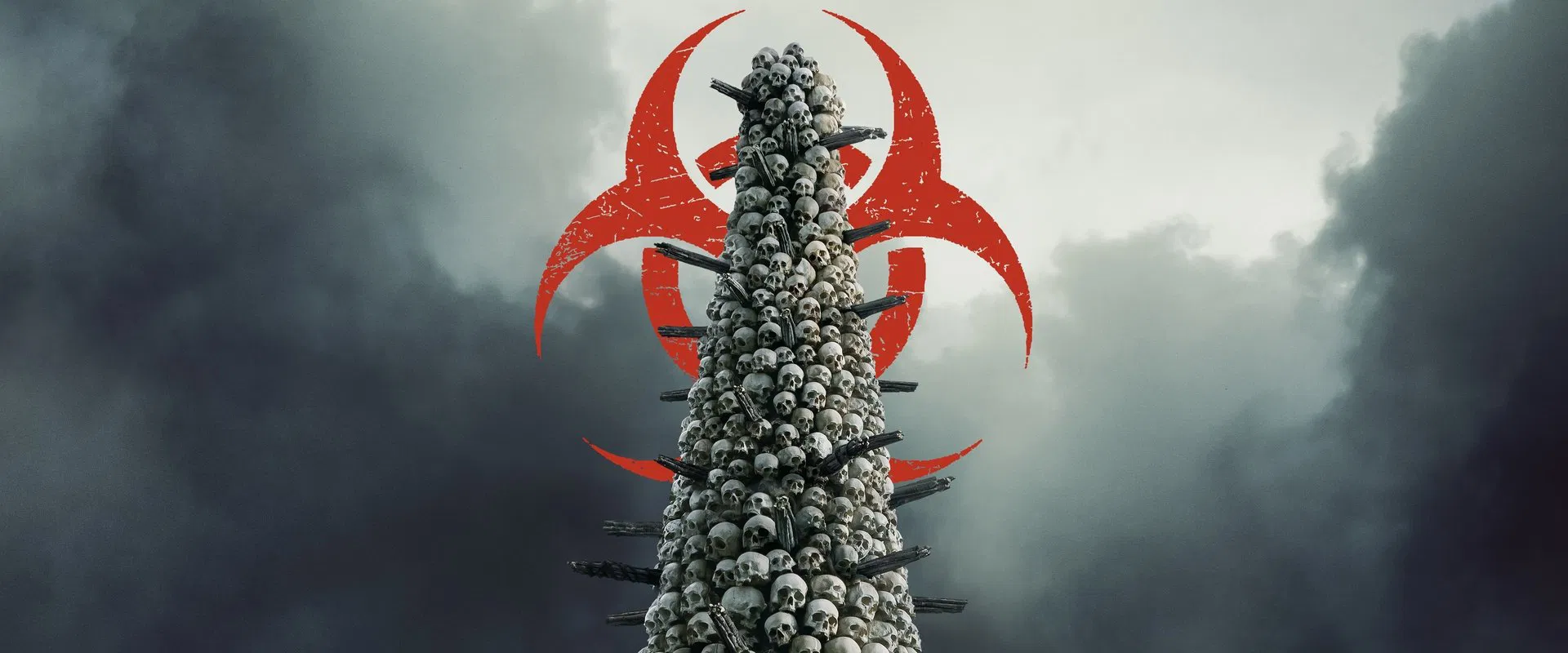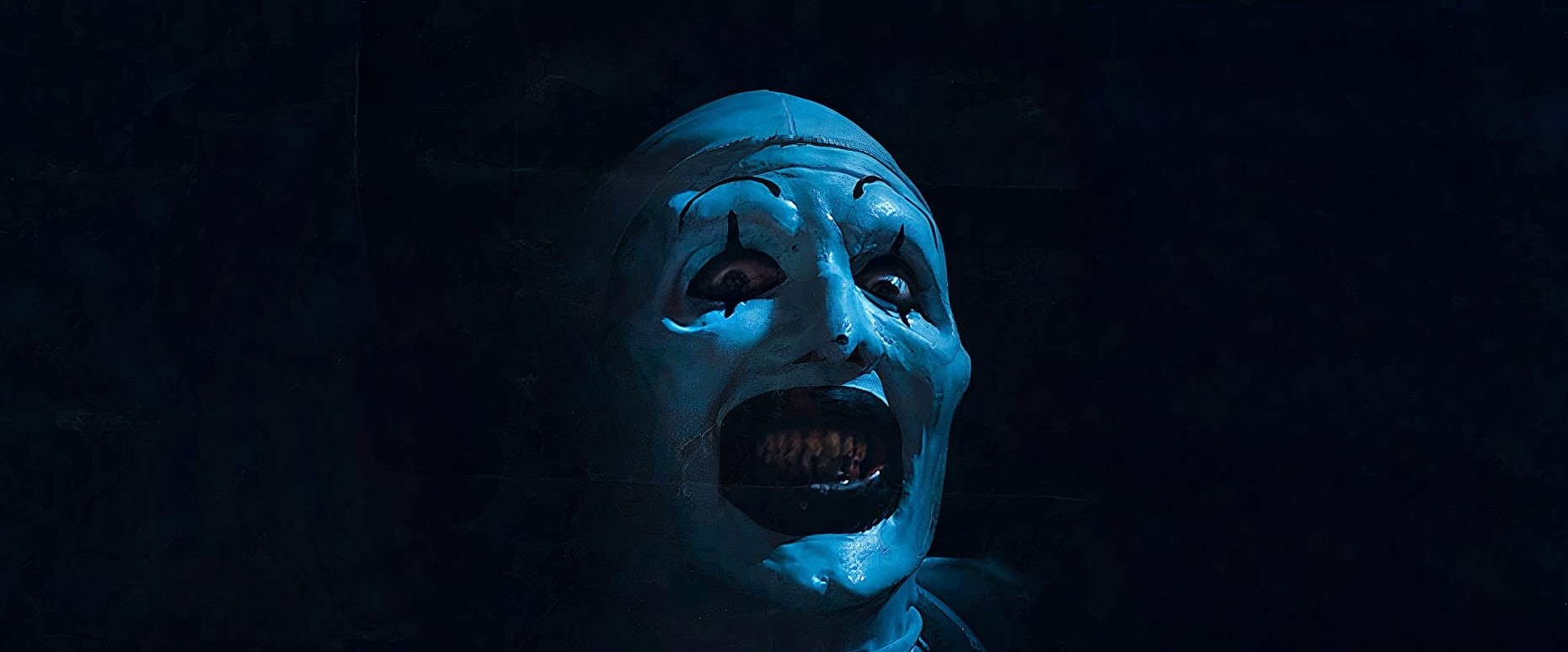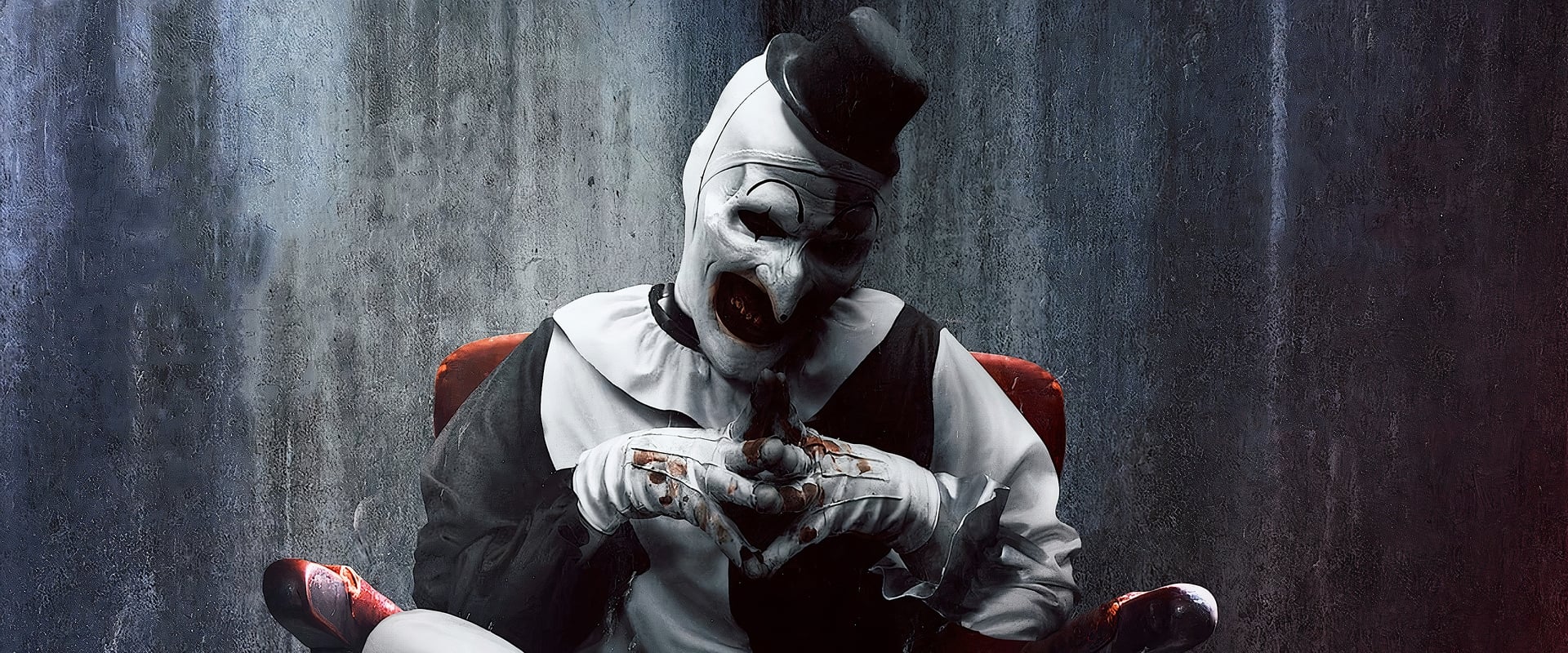This review contains spoilers.
There are films that hit with the brute-force exhilaration of a madman hammering on your front door, and then there is 28 Years Later, Danny Boyle and Alex Garland’s triumphant resurrection of their own, personal apocalypse. What do we call it when a once-buried genre franchise lurches (or, in this case, sprints, full naked dicks akimbo) back into the light, louder, stranger, more ludicrously alive than ever before? Sometimes, art sneers at gentility and sends in the swinging cocks as a greeting committee.
Let’s dispatch with propriety: this is a movie at full mast. Yes, if 28 Days Later showed us the raw, shivering nakedness of Cillian Murphy in a world suddenly unpeeled, then 28 Years Later answers with the ultimate escalation, a parade of fully unclad, frenzied, veiny, totally penile infected. Zombies who flail, prance and menace, celebrating anatomical excess with a grandeur that verges on parody. There’s even an alpha zombie, and, my God, the word “alpha” has rarely been so pointedly illustrated, leading his rabble with what you could call...a natural advantage. Subtlety, Boyle and Garland remind us, is for the living. Here, the dead (and undead) swing for the fences.
And yet, if anatomical exhibitionism announces the film’s gonzo priorities, there’s an almost perverse sort of poetry at play. It would be easy to see the chaos, the flashes of prurient extremity, and dismiss the film as a carnival of nihilism. But what matters, what startled me in my seat, even as laughter jostled with horror, was the grace with which this chaos is orchestrated, and the quiet, trembling beauty threaded between its four, careful acts.
First act, The Last of Us, rendered not with HBO’s sepia solemnity but with the jittery pulse of Boyle’s restless camera. Bows and arrows, father and son traipsing through ruins, technology returned to fairy tale, a world shrunk to the size of one tight-knit, suffering community, where the sick languish and medicine is myth. We are meant to feel the loss, even as bare buttocks pound past, this is apocalypse as regression, a slide back into folklore, with the digital future hovering tantalizing just out of reach.
The second act brings that future hurtling in. A smartphone, a photo, the world, it seems, has moved on, at least elsewhere. Progress and isolation snarl at each other. Spike’s confusion is our confusion: why are we still in the dark, when the sun has come up somewhere over the horizon? The movie gives us answers only obliquely, in thrown-off lines and bitter, funny asides about plastic surgery and lips, a bit of class envy filtered through viral terror.
Then, the unexpected pivot. Ralph Fiennes, quiet as snow, plays Dr. Kelson, a gentle quake at the heart of the film. Isolated, weird, and wholly untouched by the bombast whirling around him, he could have been a stock lunatic or savior, but Fiennes threads him with a kind of wounded wisdom. The touch of the classic British recluse, half-mad undertaker, half-philosopher, his ritual with bones (memento mori), his mercy killing of Isla (it aches, not as a cheap provocation, but as a benediction for suffering). The moment, staged almost in reverence, is Boyle at his most humane, when the camera slows, the world hushes, and the meaning is found in what must be relinquished.
But the film will not let us linger in grief. The fourth act detonates tonal expectation in a way that left me queasy, wrong-footed, and, with the benefit of a stranger’s insight on the Fediverse, chilled anew at Boyle and Garland’s audacity. At first, I thought Spike’s rescue was just some lunatic riff on Saturday morning telly: a flock of grown men in matching tracksuits and platinum wigs, executing balletic flips through the carnage, somehow Power Rangers and Teletubbies in grotesque coalition. I laughed, almost admiring the cartoonish chaos. But then, prompted by that distant voice online, I looked again. The savior at their center, the man who calls himself “Jimmy,” wears his inverted cross proudly, grins with a secular saintliness, and invokes, in this timeline, heartbreakingly unspoiled, Jimmy Savile. Here, in the viral fog of a Britain that never knew its monster, Jimmy is not a pariah but the ultimate fixer; hero-worship calcified into a code of survival, trauma sanctified, history’s reckoning lost to the contagion. The film won’t wink. It makes us sit, excruciatingly aware, in that abyss between idol and afterimage. The final horror is not the infected; it’s what we let our myths become when nobody stays alive long enough to question them.
This is Garland and Boyle’s secret superpower: they know that horror cinema, when it’s at its strongest, isn’t about monsters or viruses or, hell, even naked zombies. It’s about the persistence of the irrational, the things that linger, covered in the grime of nostalgia or pain, after civilization’s skin is peeled away. 28 Years Later is not just a body parade or a jolt machine (though it’s both, thunderously); it is, unexpectedly, a tender elegy for the things we lose and the strange comforts we find among ruins. Like its titular years, the film is cyclical, grief and absurdity, horror and the return of the repressed, circling back once more.
Boyle and Garland have, in their dotage, outdone themselves. The first film was good, the second almost entirely forgettable, but this third act, wow, fucking fantastic. “28 Swinging Cocks”, “28 Inch Cock” or "28 Dicks Later", any could have been apt titles, but that’s too easy. This is the movie in which the anatomy is riotous, the intellect unashamed, the heart unexpectedly exposed.
You may leave bruised by spectacle, by the pestilence let loose, and by the cavalcade of nude chaos. But what will linger is not titillation; it is the final, mutinous promise that, even after the world ends, our stories, absurd, muddy, beautiful, will jerk themselves upright and run, laughing, into the dark.
We’ll be chasing it, I suspect, for another twenty-eight years.
Edit: After this review was first published, a sharp-eyed stranger on the Fediverse corrected my misconception about the film’s tracksuited saviors. I had mistaken them for a post-apocalyptic Power Rangers brigade, stuck in a feedback loop of juvenile nostalgia. In truth, as now clarified, they are styled unmistakably after Jimmy Savile, a chilling irony that deepens the film’s final act. This section has been revised to reflect the real-world context. Thanks to @Apocalypteroid for the correction - https://fek.xyz/m/movies@piefed.social/t/4610/28-Years-Later-2025


